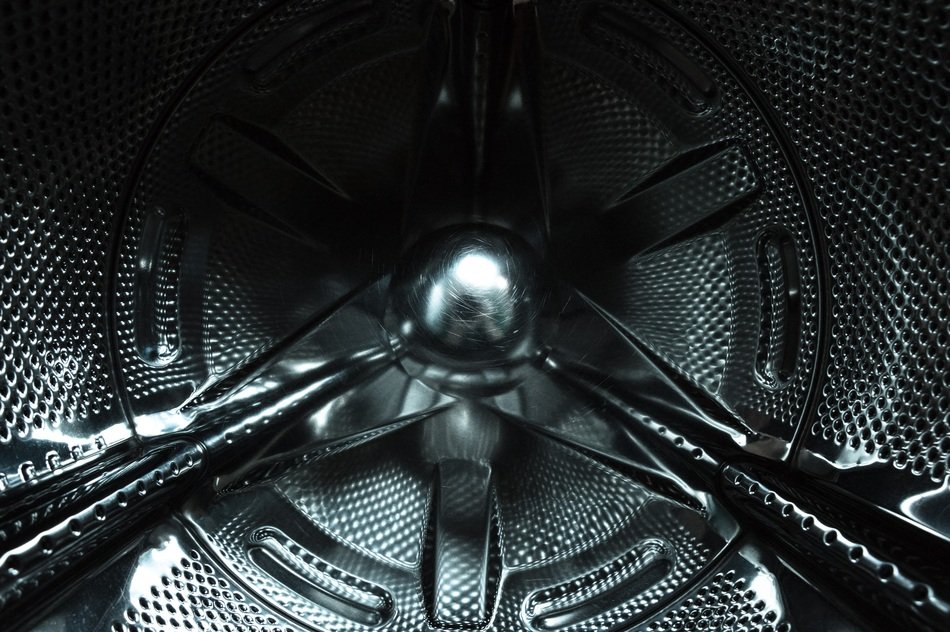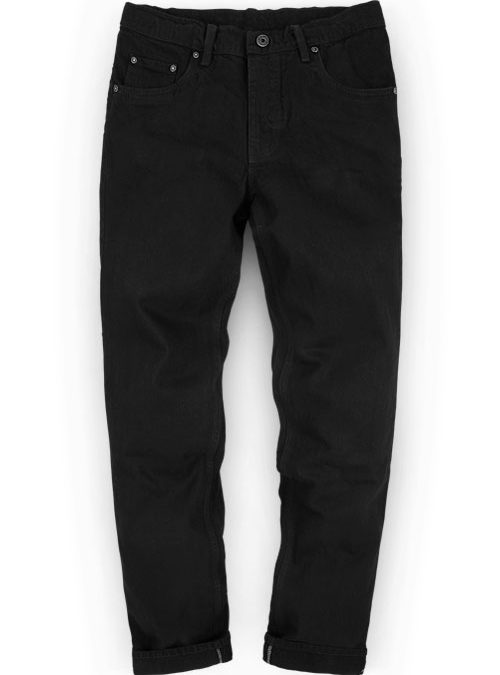While durable, jeans aren’t immune to stains. They can develop stains just like most other garments when exposed to a colored liquid or substance. To preserve your jeans, you’ll need to wash and maintain them. Washing and maintaining your jeans may sound like a simple enough process, but many people take the wrong approach. Below are seven common myths about washing and maintaining jeans that you shouldn’t fall for.
#1) The Detergent Doesn’t Matter
When washing your jeans, you may assume that the type of detergent you use doesn’t matter. Detergent is the cleaning substance that will lift dirt and debris out of your jeans, resulting in a cleaner appearance. With that said, there are different types of detergent, some of which are better for jeans than others. You should typically avoid washing your jeans with powder detergent. Instead, use liquid detergent.
Liquid detergent is gentler than powder detergent. When washing your jeans with powder detergent, the abrasive powder particles can degrade them. Some of the powder may, in fact, get stuck in the zipper or fly where it prevents your jeans from fastening properly. You can avoid these problems by washing your jeans with liquid detergent.
#2) Always Safe to Wash With Other Colors
Your jeans may not or may not be safe to wash with other colors. Some jeans are known to bleed their colors — especially when washed for the first time. Jeans made of raw denim, for instance, often bleed when washed for the first time. Raw denim is defined by its unwashed construction. Therefore, washing a pair of raw denim jeans for the first time may cause them to bleed colors with your other garments.
If your jeans are made of raw denim, you should wash them separately the first time. After running them through the washing machine, they should be protected from bleeding, in which case you wash them with other colors.
#3) Washing In Hot Water Is Better Than Cold Water
Another common myth is that it’s better to wash jeans in hot water than cold water. The general belief is that hot water is more effective at removing stains. Many people believe that washing their jeans in hot water will result in a higher level of cleaning power. The reality, though, is that water temperature has minimal impact on cleaning power. You can wash your jeans in cold water while getting them just as clean.
Washing your jeans in cold water is actually better than washing them in hot water. Hot water can cause shrinkage. If your jeans are already too tight, exposure to hot water may cause them to shrink to the point where they no longer fit around your waist. You can clean your jeans without fear of inadvertently shrinking them by washing them in cold water.
Most washing machines have multiple temperature settings for the water. Assuming your washing machine has a cold water setting, you should use it when washing your jeans. It’s actually better than washing your jeans in hot water since it doesn’t cause or contribute to heat-related damage.
#4) Jeans Must Be Washed Each Time You Wear Them
Contrary to popular belief, you don’t have to wash your jeans each time you wear them. You can often wear them for multiple consecutive days until you need to wash them. Jeans are naturally durable thanks to their denim construction. Denim is a strong, durable and versatile textile that’s able to withstand regular use.
Unless your jeans are visibly dirty — they have a stain or other form of superficial blemish — you generally don’t need to wash them. Rather, you can wear them for one or more additional days. Washing your jeans less frequently is actually beneficial since it minimizes the stress to which they are exposed. Your jeans will be exposed to less physical stress, as well as water-related stress, allowing for a longer lifespan.

#5) Pull Down the Zipper Before Washing
Some people pull down the zipper on their jeans before washing them. They assume that by pulling down the zipper, their jeans are less likely to snag and sustain damage in the washing machine.
With the zipper pulled down, however, your jeans may lose their original shape when washed. Washing your jeans with the zipper pulled up will preserve their original shape. Your jeans will maintain their shape so that they are less likely to stretch and deform in the washing machine.
#6) Always Machine-Dry Jeans
You don’t have to machine-dry your jeans each and every time you wash them. There are other ways to dry your jeans, some of which may prove better than machine-drying. Rather than machine-drying your jeans, for instance, you can line-dry them.
Line-drying is an alternative drying method that uses air to remove moisture from garments. Also known as air-drying, you can hang your jeans on a line to dry. Line-drying isn’t as fast as machine-drying; it can take over a half-hour, depending on the specific garment and the weather. Nonetheless, line-drying will protect your jeans from premature wear and tear. Machine-drying is aggressive, and if you constantly machine-dry your jeans, they’ll inevitably degrade.
#7) All Jeans Require the Same Work to Wash and Maintain
Jeans come in many different types. Some of them are made of traditional denim, whereas others are made of stretch denim. They are also available in different cuts, such as boot cut, skinny and straight leg. Furthermore, the fasteners used in a pair of jeans’ construction can vary. With all of these nuances, different jeans require different work to wash and maintain.
Before washing a pair of jeans for the first time, it’s recommended that you check the care tag. Jeans come with a care tag that reveals how to wash and maintain them. You can usually find this label inside the waistband. Referring to the care tag will reveal instructions straight from the manufacturer on how to wash, dry and otherwise maintain your jeans.











